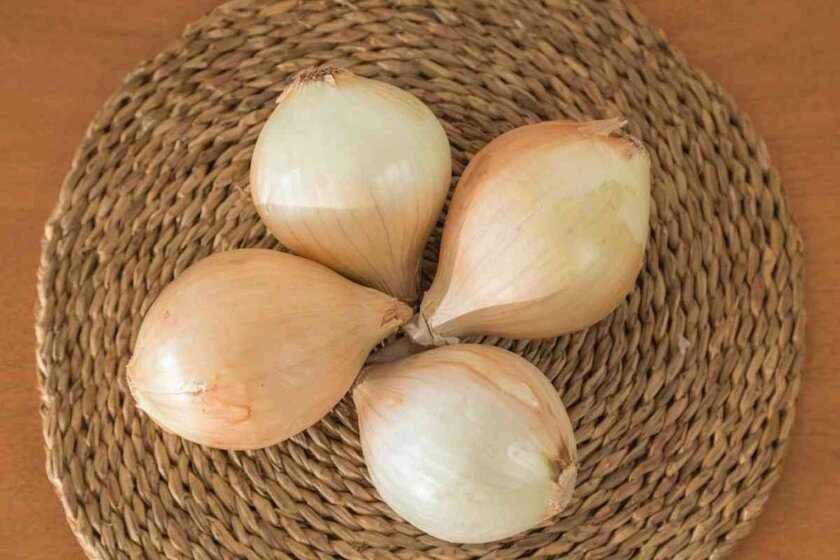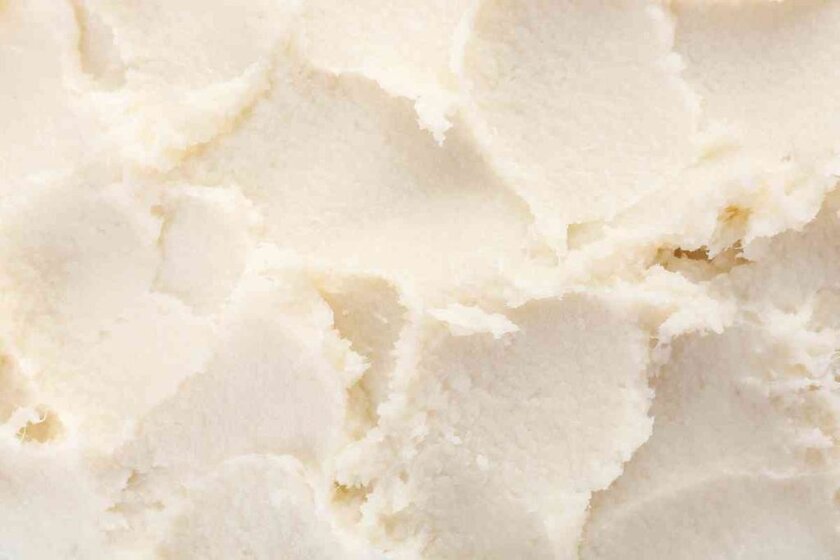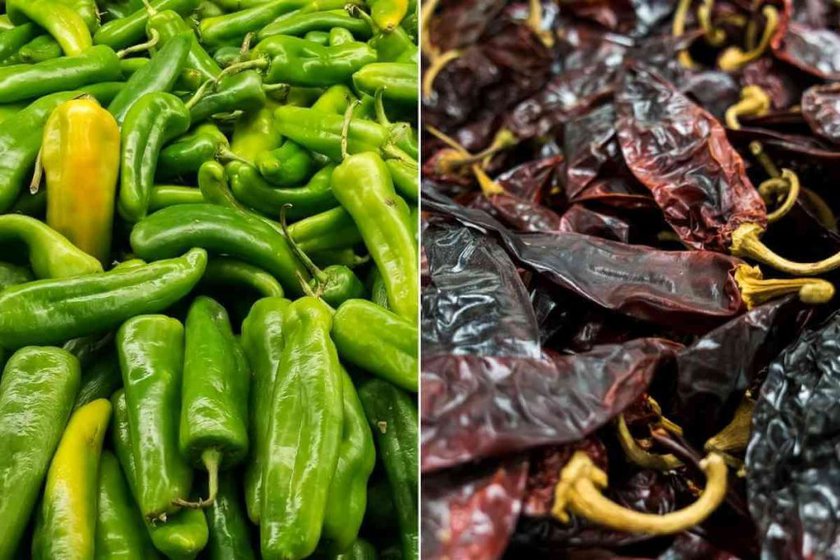Poblano Vs Bell Pepper: Key Differences
Looking at the general overview of poblano vs bell pepper, you may not be able to tell any significant difference. Poblano pepper and bell pepper primarily differ in their origin, appearance, uses, and spiciness. Poblano peppers weigh 1500 SHU and are generally much spicier than bell peppers with zero Scoville heat units. Now, let’s discuss both peppers further and in-depth to give you more information about these delicious peppers. What Is Poblano Pepper? Poblanos belong to the Capsicum annuum family of peppers, including sweet bell peppers, jalapeños, and cayenne peppers, and add a peppery, slightly smoky flavor to dishes. They … Read more











